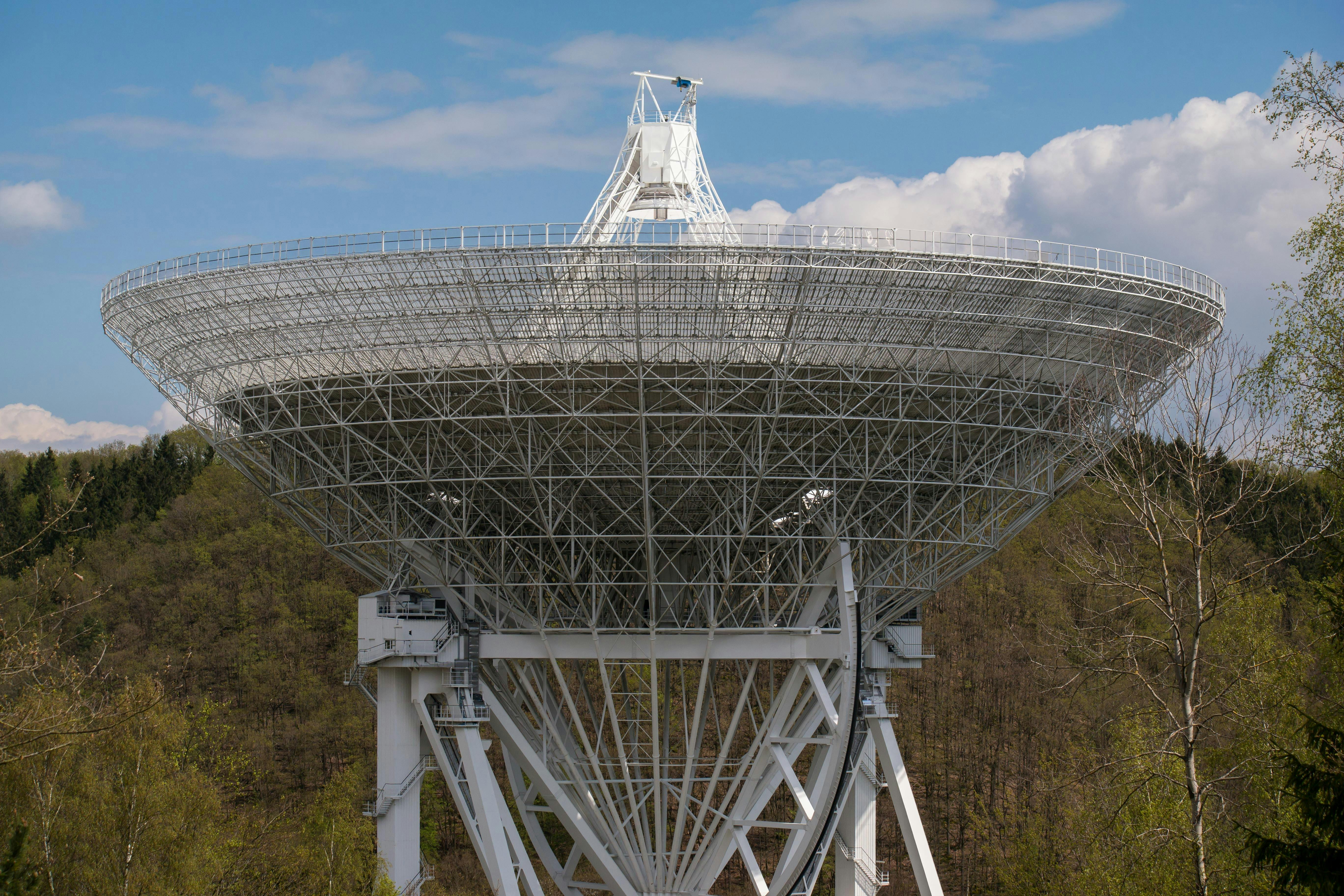🕓 Estimated Reading Time: 5 minutes
Overview
The global landscape of connectivity is poised for a significant transformation, with the market for space-based networks projected to achieve a staggering valuation of US$50.2 billion by the year 2033. This optimistic space-based network market forecast, released by Astute Analytica and reported by GlobeNewswire on August 5, 2025, underscores a monumental shift towards orbital infrastructure as a primary driver of global communication and data services. The projection highlights an increasing reliance on satellite technology to bridge digital divides, enhance existing terrestrial networks, and enable a new generation of applications across diverse industries worldwide.

Background & Context
For decades, satellites have played a crucial role in global telecommunications, primarily through geostationary (GEO) orbit satellites providing broad but latency-prone coverage. However, the past few years have witnessed an unprecedented acceleration in the deployment of Low Earth Orbit (LEO) satellite constellations, spearheaded by ventures such as SpaceX's Starlink, OneWeb, and Amazon's Project Kuiper. These initiatives are fundamentally reshaping the satellite internet forecast, promising lower latency and higher bandwidth connectivity previously unattainable. The primary drivers behind this exponential space communication growth include the escalating global demand for high-speed internet, particularly in remote and underserved areas, and the proliferation of connected devices requiring ubiquitous coverage. Furthermore, the imperative for resilient communication infrastructure for disaster relief, defense, and maritime operations is also fueling investment in these robust orbital networks. The miniaturization of satellites, coupled with advancements in launch technology, has significantly reduced the cost and complexity of deploying these vast constellations, making the vision of truly global connectivity an imminent reality.
Implications & Analysis
The projected surge in the LEO satellite market, a significant component of the broader space-based network sector, carries profound implications across various industries and for global socio-economic development. Enhanced connectivity will unlock new opportunities for precision agriculture, enabling real-time monitoring and optimized resource management in remote farmlands. The maritime and aviation sectors, which traditionally rely on less robust communication channels, stand to benefit immensely from pervasive high-speed internet, improving safety, operational efficiency, and passenger experience. The Internet of Things (IoT) ecosystem, in particular, will see a dramatic expansion, as millions of sensors and devices in previously inaccessible locations can now transmit data seamlessly. This enables smarter infrastructure, more efficient logistics, and comprehensive environmental monitoring. Beyond commercial applications, space-based networks are becoming critical for national security, offering secure and resilient communication pathways that are less susceptible to terrestrial disruptions. However, this growth also presents challenges, including managing space traffic, mitigating the risk of space debris, and ensuring equitable access to spectrum resources among a growing number of operators. Regulatory frameworks will need to evolve rapidly to keep pace with technological advancements and the increasing commercialization of space.

Reactions & Statements
The optimistic market projection from Astute Analytica reflects a sentiment widely shared across the aerospace, telecommunications, and investment communities. Industry leaders frequently emphasize the transformative potential of these networks, citing ongoing large-scale investments and successful constellation deployments as tangible evidence of market viability. For instance, executives from companies like SpaceX and OneWeb have consistently highlighted the accelerating demand for their services and the rapid expansion of their subscriber bases. Policy makers and international organizations also acknowledge the critical role of space-based networks in achieving global development goals, particularly regarding digital inclusion. While specific quotes from the news release are not detailed, the report’s very existence, detailing such a significant market expansion, implicitly conveys a strong consensus among market analysts regarding the inevitable and substantial growth of this sector. The narrative within the industry is one of innovation and expansion, driven by both technological feasibility and a compelling market need for ubiquitous, high-performance connectivity.
What Comes Next
Looking ahead, the future of space networks promises not only continued expansion but also significant evolution in technology and application. Beyond LEO constellations, research and development are advancing towards very low Earth orbit (VLEO) satellites, offering even lower latency and potentially higher data throughput. Inter-satellite laser links are becoming more prevalent, enabling fully meshed networks in space that reduce reliance on ground stations and improve data routing efficiency. The integration of artificial intelligence and machine learning within satellite operations will further optimize network performance, manage traffic, and enhance cybersecurity. We can expect to see increased specialization in satellite services, with dedicated constellations for specific applications like Earth observation, precise navigation, or secure government communications. The regulatory environment will also continue to adapt, focusing on international cooperation to manage orbital resources and mitigate environmental impacts, such as light pollution and space debris. As competition intensifies, innovation in ground-segment technology, user terminals, and service integration will also play a crucial role in determining market leadership and ensuring accessibility for a broader range of end-users.
Conclusion
The projection of the space-based network market reaching over US$50 billion by 2033 is a clear indicator of a profound shift in global telecommunications infrastructure. Driven by relentless demand for connectivity, technological advancements, and strategic investments, these orbital networks are moving beyond niche applications to become foundational elements of modern society. From enabling global internet access in remote corners of the world to supporting the next wave of IoT devices and bolstering national security, the impact of this growth will be far-reaching and transformative. As the race to deploy and refine these constellations continues, the coming decade will undoubtedly cement space-based networks as an indispensable part of our connected future, reshaping economies, empowering communities, and redefining the possibilities of global communication.
Comments
Post a Comment